Cannondale Scalpel 3
 The Cannondale Scalpel is a long running model for the US based brand. Traditionally the Scalpel has been Cannondale’s go-to XC racing machine, a short travel thoroughbred designed to appease Cannondale’s World Cup level race teams. Previously is has used carbon flex stays to eliminate any pivots in the main swing arm and thus save weight. The current generation still carries some of the same DNA. While it now has a swing arm pivot down near the bottom bracket, the carbon version still relies on flex within the stays to eliminate the need for pivot at the rear.
The Cannondale Scalpel is a long running model for the US based brand. Traditionally the Scalpel has been Cannondale’s go-to XC racing machine, a short travel thoroughbred designed to appease Cannondale’s World Cup level race teams. Previously is has used carbon flex stays to eliminate any pivots in the main swing arm and thus save weight. The current generation still carries some of the same DNA. While it now has a swing arm pivot down near the bottom bracket, the carbon version still relies on flex within the stays to eliminate the need for pivot at the rear.
Our test bike is the latest incarnation of the Scalpel and it has an alloy frame. This makes it far more affordable but it also distances itself even further from its super-light ‘soft tail’ roots. With an alloy rear end, simply using flex in lieu of pivots is no longer a viable option. As a result the alloy Scalpel sports proper bearing pivots at the main swing arm and on the seat stays.
In a clear indication of the way the cross-country market has swung in only a few very short years, the 2013 Scalpel line-up will now be a 29er only affair—see ya later kiddy wheels, wagon wheels is where it’s at! In this time Cannondale has also shifted production to Taiwan, making a concerted effort to bring price points down and make it easier for riders to get a taste of this legendary brand. The alloy Scalpel 3 goes ca-ching at the register for a cool $3,899. Not pocket change by any stretch, but certainly ‘good value’ compared with, say, five years ago when a Cannondale dually with a Lefty fork would have set you back considerably more.

Hang Left
When it comes to Cannondale it’s hard to ignore the Lefty fork. It sticks out like the hair on the right side of my head after a really good sleep—you can’t miss it. My wife knows what a Lefty is, as does my dad, and they don’t ride. My father in law saw the fork and immediately asked if I would be able to ride it because some of it was missing—tee-he-he! Cannondale like to do things their way and you can like it or lump it. This is one reason why people seem to gravitate towards the brand, and the Lefty is their boldest expression.
The single legged fork is a commitment. It needs an oversized 1.5-inch head tube, a special stem and a unique front hub. Not many places service them either. Living with a Lefty requires adaptation. Sure, you can fix a flat without removing the wheel but when you do need to take it off (when fitting the bike into a car for example), the brake caliper has to be removed before the wheel can be removed—you’ll need a 5mm allen key on hand to do that too. On the plus side the Lefty is extraordinarily stiff, very light and has oodles of tyre clearance. It’s just a fork, but it’s a major feature of the Scalpel 3. The cheaper Scalpel 4 gets a conventional RockShox fork.

The Lefty supplies 100mm of travel up front, and the linkage driven Fox RP2 shock provides an equal amount of bounce out back. This may seem pretty mundane these days, but this is the longest travel Scalpel ever, which indicates what these bikes are traditionally about; pure cross-country speed. The large sized test bike came with a generous 110mm long stem while the frame has a 71-degree head angle and short 442mm chainstays. On paper this really looks like an XC race machine with a stretched out cockpit and nimble frame angles supported by a conservative amount of travel.
Genetic Kink
The geometry stays the same throughout the Scalpel range, so pony up the big money for an all carbon Scalpel and you’ll have a seriously light and agile machine for attacking the climbs. The Scalpel 3 is not the same machine, let’s be clear from the get go. Our alloy Scalpel frame (in size large) tipped the scales at 3,105g—that’s more like all-mountain territory and pretty much the heaviest 100mm travel 29er frame that we’ve had on test. Some of this is offset by the Lefty PBR fork. At 1,547g including the steerer and hub axle, it is amongst the lightest 29er forks on the market. The complete bike comes in at 12.6kg (without pedals), which is respectable but not exactly light. You’ll want to be on a first name basis with the staff at the Alberto Contador Steakhouse if you’re going to win races on the Scalpel 3!
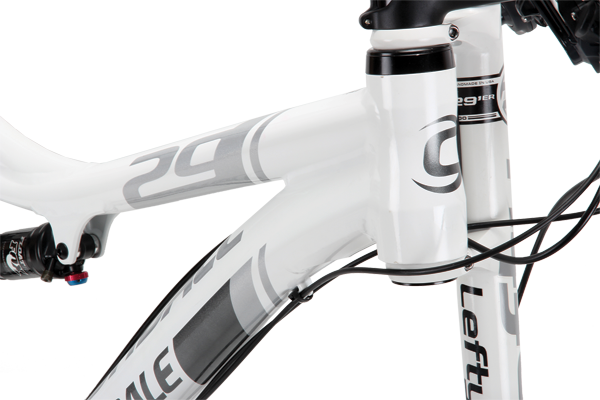
Just like their current range of ‘Over Mountain’ bikes (that’s what Cannondale calls their all-mountain bikes), an important focus has been maximising frame stiffness. From the Over Mountain range, the Scalpel borrows the massive 15mm diameter pivot axles for the swing arm and swing link pivots. These large diameter axles add stiffness but remain light too. This theme carries through to the rear wheel, which uses the increasingly popular 142x12mm axle standard. Cannondale have opted to use a 5mm allen key to fasten the axle in place rather than the wind-up quick release style. It’s very secure but won’t make racer types particularly happy, as wheel removal is a little slower (although it’s still faster than removing the front wheel as you don’t need to touch the brake calliper).
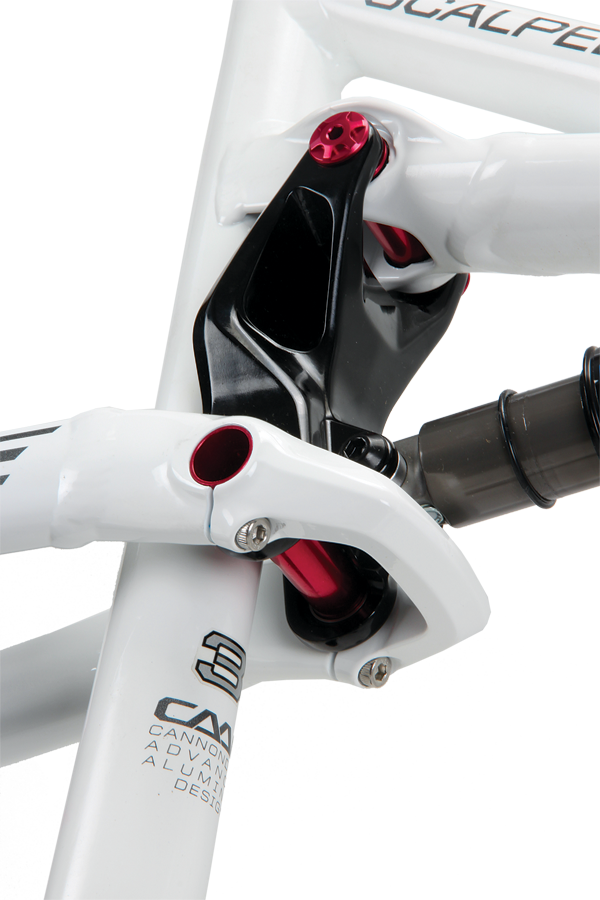
Shifting is an entirely SRAM affair, with a smattering of X.7 parts topped off with an X.9 rear derailleur and SRAM BB30 double ring cranks. Braking is also from the SRAM family, in the form of the Avid Elixr 5s. Cockpit parts are from Cannondale and all made from aluminium. The wheels are also an in-house mix, making use of 32-hole Cannondale hubs (made by Formula) and Sun Ringle Inferno 25 rims, wrapped up in Schwalbe Racing Ralph 2.25 tyres. It’s certainly a workmanlike spec rather than a fantasy build, but it’s all good gear.
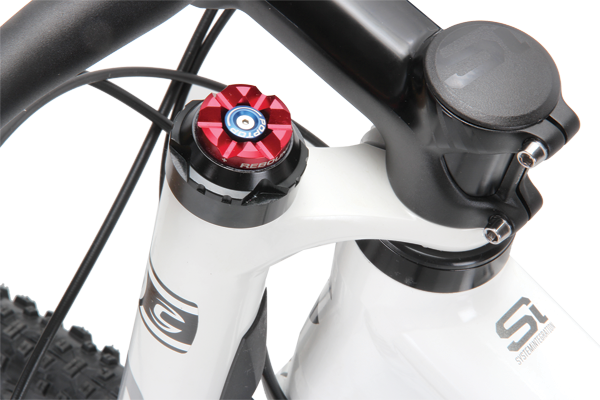
One great feature of Lefty forks is that the leg of the fork extends all the way up to the top of the head tube. Cannondale places the rebound dial and lockout button right on top near the handlebars—they are really easy to reach. The Fox RP2 rear shock also has a little lever to toggle between the open setting and the ProPedal platform damping. Again, the location of the shock in the Scalpel frame makes it very easy to reach the lever, which encourages you to make use of the settings. These features give the Scalpel a dual personality; from 100mm travel to super firm in the blink of an eye. Again, this trait is not dissimilar to their Over Mountain bikes, which switch between long and short travel via a handlebar mounted remote. If you read our review of the Cannondale Jekyll in our May/June/July 2012 issue, you’ll recall that this made for a great descender and a great smooth surface climber, but it was a little out of sorts in undulating and rough terrain as you were constantly juggling the various travel modes.
Mini Jekyll
So what of this Scalpel 3 then? The rear end of the Scalpel is very active if the shock is left in the open position. It’s active to the point where it feels a little soggy when climbing fire roads or accelerating hard out of corners. Cannondale has spec’d a very firm compression damping setting on the RP2 shock, so flipping the ProPedal on creates a very different bike. The rear end sits a touch higher in its travel and the bike feels very firm under power. Of course the flip side is a much rougher ride—it’s a real split personality and that makes it quite polarising.
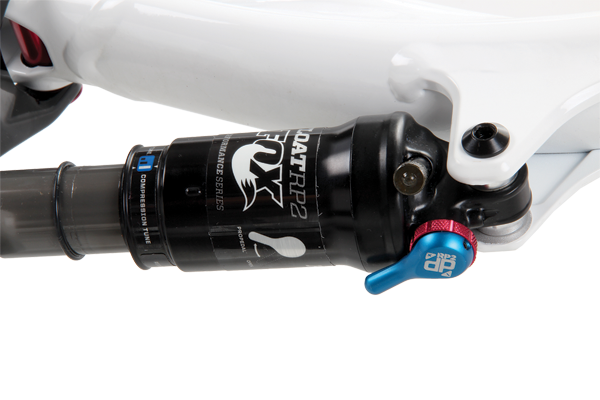
The Lefty PBR fork really hammers home this split personality. Prior to this, I hadn’t spent any decent time on a Lefty, and I’m now quite happy to say that the Lefty kicks ass! The low weight is one thing, but where the Lefty shines is in its stiffness. It’s the real deal in the rough stuff. With the Lefty open, the Scalpel cuts through the chunder; it’s less Scalpel-like and more cleaver-like—chop! The alternate mode is a straight out lockout. There’s no subtle blow-off or low-speed compression adjustment to blend bump absorption and pedalling efficiency—like the rear suspension, it’s all or nothing with the Lefty PBR.
I really disliked the ride with the ProPedal switched on—it just felt like an overly heavy hardtail. With the ProPedal off and the fork open, the alloy Scalpel finds its stride on the trail. She’s no whippet but more of a cruiser, with the added option to go locked-out if you hit some tarmac or a long fire road climb. Fortunately the 100mm of rear wheel travel isn’t really enough to cause any moaning about pedalling efficiency. It might not feel snappy or race-tuned, but it’s not enough travel to make you feel like you’re riding through a pond of molasses.
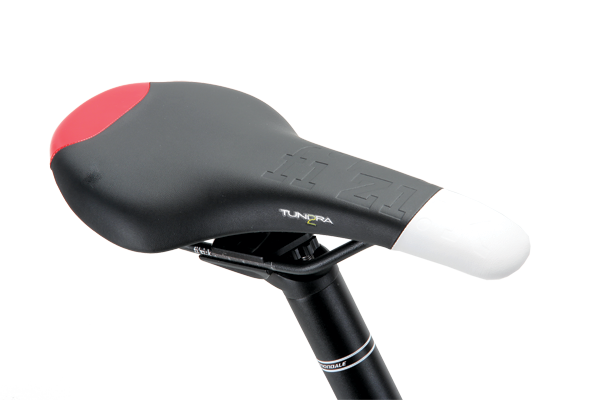
The Scalpel 3 glides through twisty singletrack happily enough; the short chainstays and 71-degree head angle keep the wheels pointing in the desired direction without too much effort. The faster the trail gets, the nicer the Scalpel feels; the long cockpit affords plenty of space to centre your body weight and pedal efficiently. Once you hit cruising speed, the Scalpel is a genuinely nice place to be—comfortable, stable and quite effortless.
XC Meets AM
Where the Scalpel really shines is on the descents. As mentioned previously, the Lefty fork is very stiff. This combines with the oversized pivots, 142mm thru-axle and stout frame to create a really solid and unyielding chassis. My regular test loop incorporates a singletrack descent filled with little ruts, roots and loose stones of all sizes and shapes. This descent is always a solid test for how well a bike tracks and descends, and the Scalpel dominated like no other XC bike. By the first corner it was clear how stiff and sorted the Scalpel was, and by the bottom I’d absolutely reassessed how I felt about the bike. From then on I could happily accept that this Scalpel was not at all about racing and approached it purely as a trail riding bike of the cross-country persuasion. From there on in I loved every second of the Scalpel.
It’s also worth noting that you can slacken the head angle by flipping the headset cups—a nifty feature that you can take advantage of with the Lefty. Relaxing the head angle by half a degree would take the Scalpel even deeper into trail bike territory, and could be the choice setup for aggressive riders who like to rip the descents at speed. I liked the stock angles and chose to leave it be, but who doesn’t like to have options?
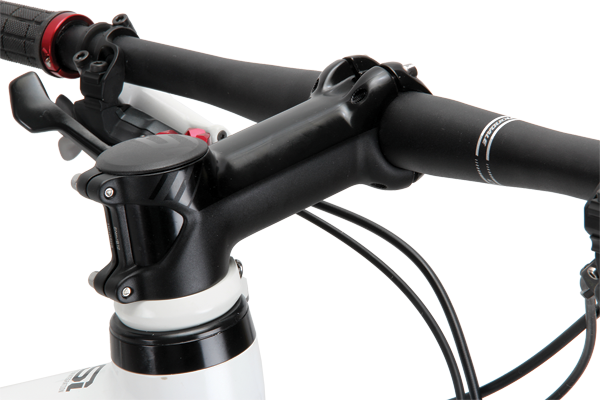
The Scalpel 3 that we’ve reviewed is a 2013 model for the Australian market but mid-way through 2013 we can expect to see a spec revision. Cannondale will be introducing an updated Lefty and a swapping to a ‘Performance’ level Fox CTD rear shock (this stands for Climb, Trail and Descend – see page 56). The new Lefty is meant to require less maintenance whilst retaining the same low weight and impressive stiffness. With three damper settings, the CTD shock could well introduce a new element to the Scalpel’s ride. In the end it will depend on how Cannondale chooses to spec the shock tune but the ‘Trail’ mode could provide the in-between setting that will split the on/off feel of the current RP2 shock. This could really bring the pedal response up a notch without the rough feel it has now when the ProPedal is engaged. In any case the Scalpel is a great trail riding bike that descends like a much bigger hitting machine—it certainly brought a smile to my dial.
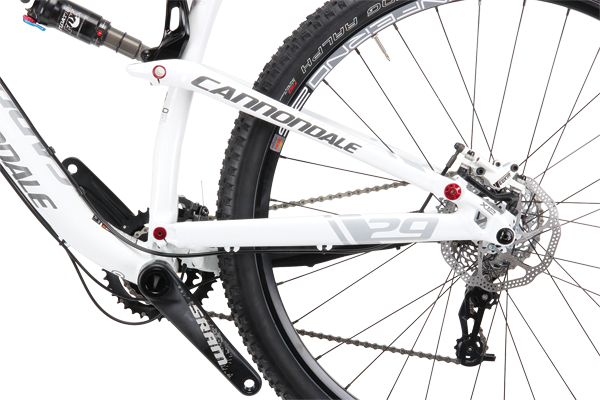
Thumbs Up
Extremely stiff
Descends like a demon
Easy on the fly suspension adjustment
Thumbs Down
Heavy frame
Polarising suspension characteristics
Bolt-up axles slow race-day wheel changes
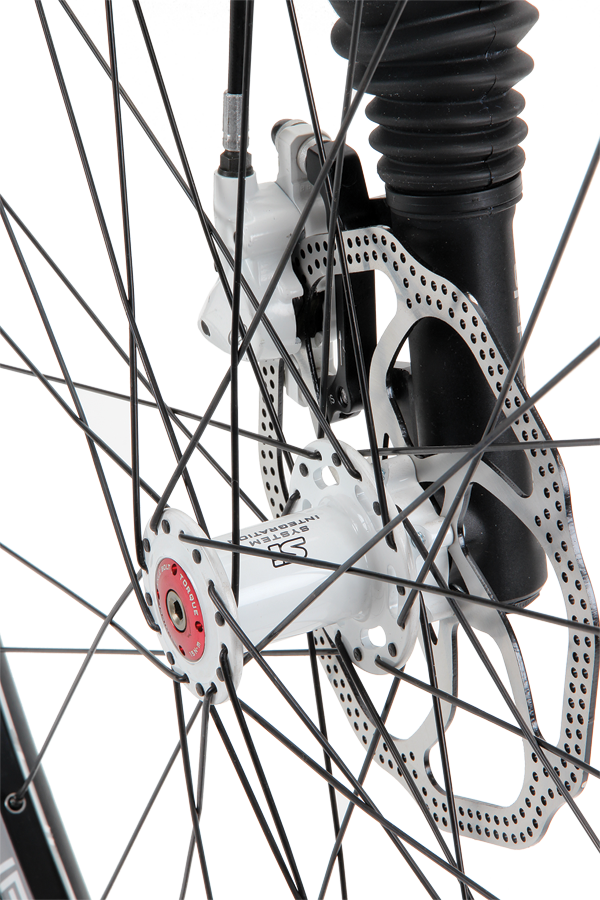
Specifications
Frame: SmartFormed Alloy
Shock: Fox RP23, 100mm travel
Fork: Lefty 29er PRB Solo Air 100mm travel
Headset: Cannondale HeadShok 1.5-inch
Handlebars: Cannondale C2 flat alloy 680mm
Stem: Cannondale C1 HeadShok
Shifters: SRAM X.7
Front Derailleur: SRAM X.7
Rear Derailleur: SRAM X.9
Cassette: SRAM PG1030, 11/36 10-speed
Chain: KMC X-10
Cranks: SRAM S1000 26/39
Bottom Bracket: SRAM BB30
Pedals: N/A
Brakes: Avid Elixir 5
Rims: Sun Ringle Inferno 25
Spokes: DT Swiss Competition
Hubs: Cannondale SL
Tyres: Schwalbe Racing Ralph EVO 2.25
Saddle: Fizik Tundra 2
Seatpost: Cannondale C3
Weight: 12.6kg without pedals (large frame 3,105g)
Available Sizes: S, M, L (tested), XL
Price: $3,899
Distributor: Cycling Sports Group (02) 8595 4444 / www.cannondale.com





